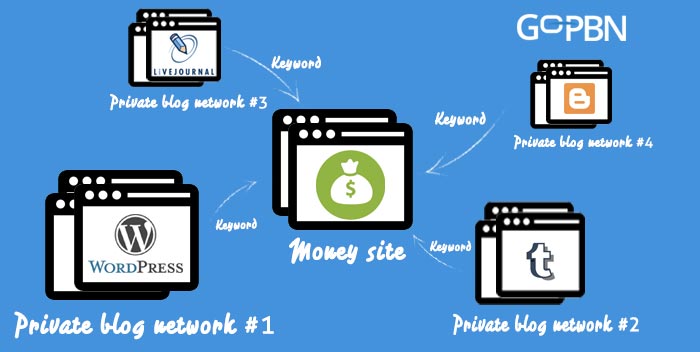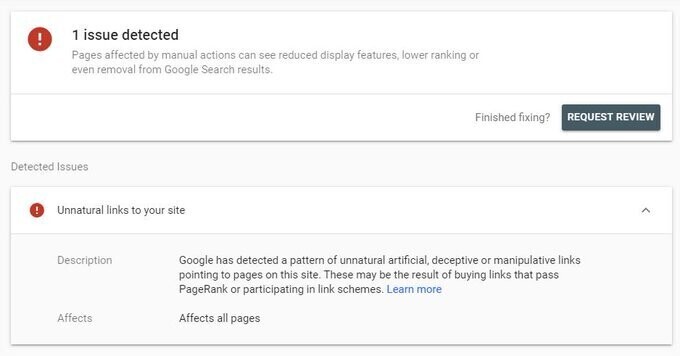All Categories
Featured
Table of Contents
- – What Is The Leading Semantic Seo Examples Manu...
- – Which Is The Top Semantic Seo
- – How To Choose The Top Semantic Search Optimiz...
- – Who Makes The Leading Semantic Content Optimi...
- – What Is The Most Effective Semantic Seo Insi...
- – What Is The Leading Semantic Seo Analysis Se...
- – Where To Buy The Top Semantic Search And Seo
This is due to the fact that search engines have developed and are relocating extra and extra towards checking out material on the internet. Of training course, that has actually likewise changed the means we produce content, specifically if we want to rank much better in the search engines.
Intertwingularity is not normally recognized, individuals maintain pretending they can make things deeply hierarchical, categorizable and consecutive when they can't. Based on the relationships in between search intentions, the search engine favors a content in positioning by calculating the distance in between the vectors of meaning.
It allows you to see, beginning with a topic, all the entities that are associated to that topic. This way you can plainly see which entities/concepts/ideas have actually currently been covered on your site, and you can find new possibilities by understanding what content you can include and exactly how to develop it.
What Is The Leading Semantic Seo Examples Manufacturer
It has the ability to make your content easy to understand for internet search engine on the one hand and for your target market on the various other. Structuring your material model highlights your material and its underlying relationships to ensure that internet search engine can acknowledge you among numerous items of information, making you extra visible to users who satisfy the search intent pertaining to your business.
In semantic SEO copywriting, an editor begins from a broader series of topics and customizes the material to include semantically pertinent terms and expressions that aid viewers recognize a topic, comparable to reviewing material in a wiki. From a material composing perspective, one useful method to do this is to produce a vocabulary of terms and inquiries bordering your target subject.
Which Is The Top Semantic Seo
Find out more regarding by viewing the by!.

Semantic search describes the procedure of how online search engine recognize and match keyword phrases to a searcher's intent in natural search results. Before semantic search, internet search engine like Google operated like matchmakersaligning specific words in your query with those precise words on pages. The outcomes were uncomplicated yet typically did not have deepness.
How To Choose The Top Semantic Search Optimization
It allows Google to supply quick, precise responses to look queries concerning real-world topics. When you kind a query word right into Google, you're not just entering a sequence of words.
When you look for "Apple," Google doesn't simply see a word that explains a fruit. It recognizes Apple as a company and can supply associated information. Like the name of its chief executive officer, Tim Chef, or its most current stock prices. Google introduced the Hummingbird upgrade in 2013. It was Google's response to the surge of voice searches, where queries ended up being much more conversational and nuanced.
Who Makes The Leading Semantic Content Optimization
By integrating NLP, Hummingbird allowed Google to move beyond mere keyword matching. It helped the internet search engine comprehend search intent, enhancing the odds that results would properly match the factor behind a customer's search. As the 3rd essential ranking element after material and links, RankBrain has actually enhanced Google's semantic search capabilities to recognize the significance of search queries.
Making it a lot more reliable at dealing with never-before-seen search questions. RankBrain thinks about even more than just keyword phrases when assessing a search inquiry.
It fetches outcomes that match the key words and line up with the total intent of offering young puppy training advice. And if the customer regularly looks for dog-related content, Google might focus on more thorough training guidesrecognizing the user's recurring interest in the subject. Incorporating technologies like the Understanding Chart, Hummingbird, and RankBrain, semantic search aids the Google algorithm translate and connect information throughout a vast internet of details.
What Is The Most Effective Semantic Seo Insights On The Market Now
The focus changes from keyword option to an all natural method incorporating customer intent, topical significance, and overall user experience. Creating content that attends to the searcher's needs with comprehensive information can boost your SERP positions. Below, we lay out the trends and practices that consolidate the requirement for semantically notified material. Later, we offer workable pointers to turn these insights into ideal techniques.
A wider approach to material aligns better with semantic search's change away from specific keyword phrase matching and toward customer intent. Material that covers search queries more thoroughly not only pleases customers.
And 5 times more than websites that take 10 seconds to lots. While technical search engine optimization makes certain ideal site efficiency and availability, concentrating on user experience (UX) takes it an action better. UX aims to develop an aesthetically enticing, user-friendly user interface with interesting, quality content that motivates site visitors to stay. Semantic search technology allows online search engine to intend for outcomes that give the most effective feasible UX.
What Is The Leading Semantic Seo Analysis Service

All showcase Google's capacity to attend to a topic query thoroughly. By comprehending the context and intent behind user inquiries, search engines can supply more relevant information and potentially raise user interaction. Personalization in search engine result makes for far better UX.Based on your previous search background and preferences as an individual, semantic search aids look engines customize the results to suit your unique needs and passions.
So it brings results that match the keywords and align with the general intent of providing puppy training suggestions. And if the user frequently looks for dog-related material, Google may prioritize extra detailed training guidesrecognizing the user's ongoing interest in the subject. Combining innovations like the Expertise Graph, Hummingbird, and RankBrain, semantic search aids the Google formula analyze and connect data throughout a vast internet of information.
Where To Buy The Top Semantic Search And Seo
The focus changes from keyword option to a holistic strategy encompassing individual intent, topical importance, and general user experience. Creating web content that addresses the searcher's needs with thorough details can improve your SERP positions. Listed below, we lay out the trends and methods that settle the requirement for semantically educated web content. Later, we offer workable tips to turn these insights into ideal practices.

And kind of content can best please their requirements. A wider strategy to content aligns better with semantic search's shift away from precise keyword phrase matching and toward user intent. Which describes the enhanced focus on topic clusters, rather than private key words. Web content that covers search questions a lot more thoroughly not just satisfies customers.
And five times higher than sites that take 10 secs to load. While technical search engine optimization ensures optimum internet site efficiency and availability, focusing on user experience (UX) takes it a step even more. UX aims to produce a visually enticing, straightforward interface with appealing, quality material that motivates visitors to remain. Semantic search modern technology allows online search engine to intend for outcomes that offer the very best possible UX.
All display Google's capacity to deal with a topic query comprehensively. By recognizing the context and intent behind customer questions, search engines can deliver more pertinent information and potentially boost user engagement. Personalization in search engine result creates better UX.Based on your previous search background and preferences as an individual, semantic search aids internet search engine tailor the outcomes to match your unique requirements and passions.
Table of Contents
- – What Is The Leading Semantic Seo Examples Manu...
- – Which Is The Top Semantic Seo
- – How To Choose The Top Semantic Search Optimiz...
- – Who Makes The Leading Semantic Content Optimi...
- – What Is The Most Effective Semantic Seo Insi...
- – What Is The Leading Semantic Seo Analysis Se...
- – Where To Buy The Top Semantic Search And Seo
Latest Posts
Who Is The Top Semantic Seo Platform Company
What Is A Good Price For A Semantic Seo Best Practices?
What Is The Top Semantic Seo Optimization Tools
More
Latest Posts
Who Is The Top Semantic Seo Platform Company
What Is A Good Price For A Semantic Seo Best Practices?
What Is The Top Semantic Seo Optimization Tools